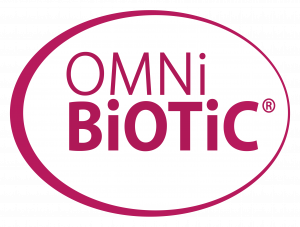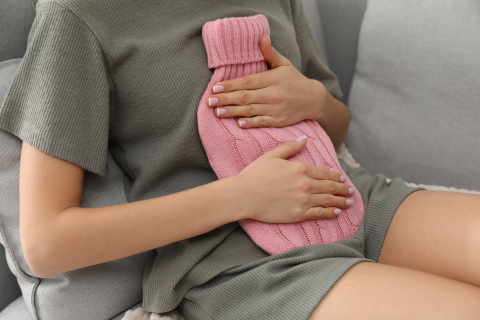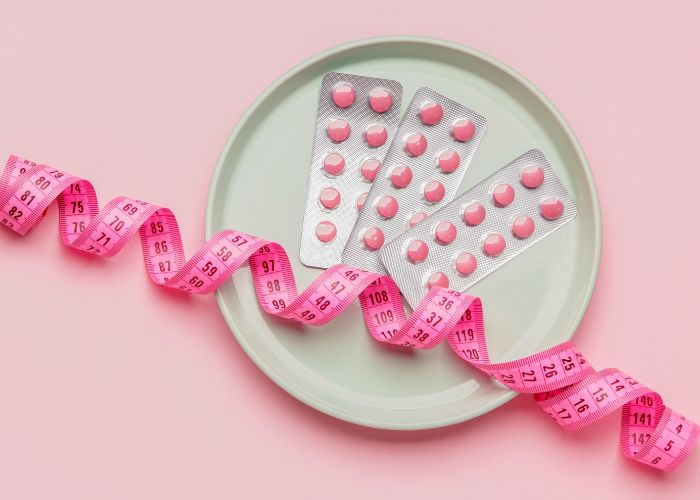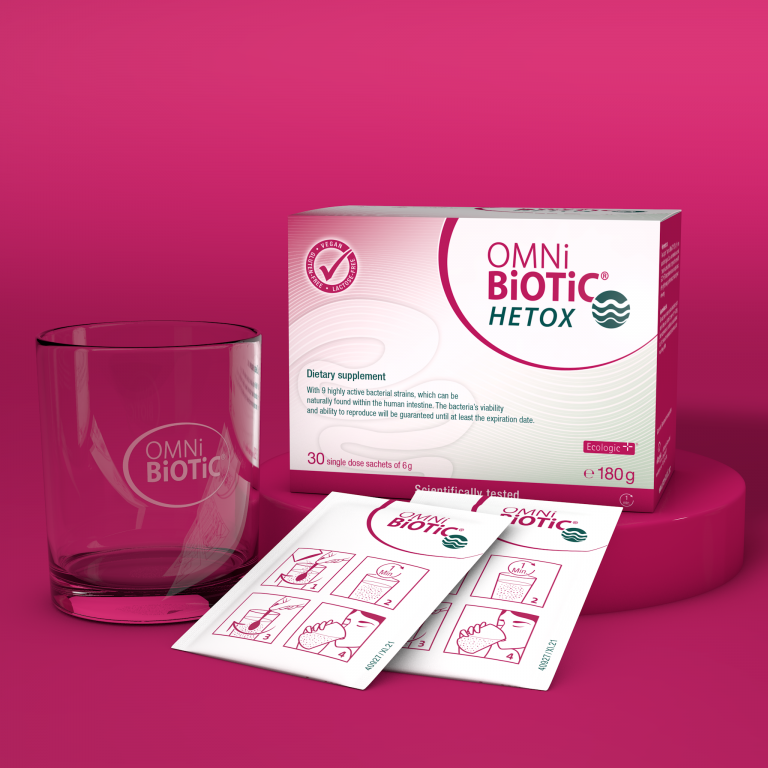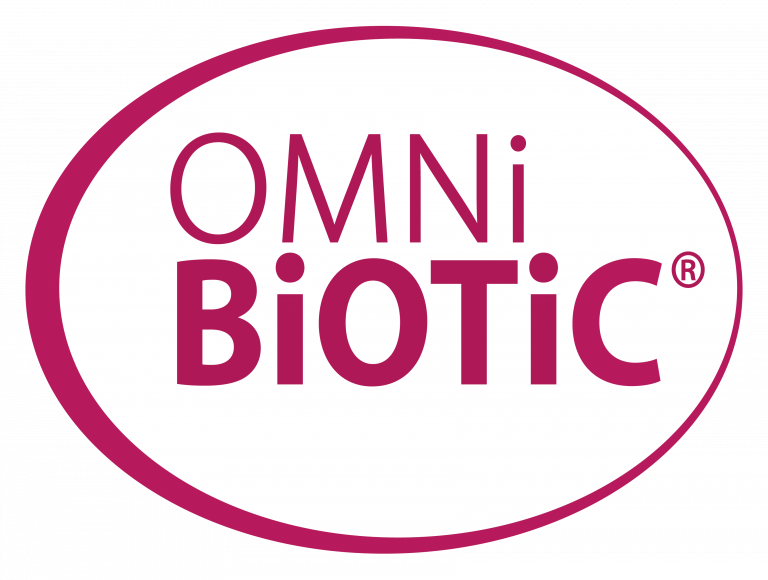Everyone knows them. No one wants them. And yet we are all likely to suffer with them at some point in our lives. We are talking about haemorrhoids: Vascular cushions with blood supply at the exit of the rectum. Together with our sphincter muscle, they ensure that the bowel closes properly to the outside. For example, they help to ensure that only air escapes when we have flatulence and no stool. We usually only talk about haemorrhoids when they become noticeable and unpleasant, such as if you haemorroid fissure or itchy haemorrhoids. They can cause discomfort such as itching in the anal area or bleeding during or shortly after bowel movements. In technical jargon, this is called “haemorrhoidal disease“. Socially, this is still a taboo subject today, which is why there is a need for education. What are the symptoms of haemorrhoids? Is there a solution to get rid of haemorrhoids fast? Is haemorrhoid surgery necessary? Is there a natural cure for haemorrhoids?
Haemorrhoids are only noticed when they cause discomfort, such as with a haemorrhoid fissure. One of the main symptoms is painless bleeding during or shortly after bowel movements. This happens when firm stool damages the thin vascular walls of the haemorrhoids by pushing too hard. The bleeding is usually visible in bright red to red on the toilet paper.

Other typical complaints that can occur due to haemorrhoids:
- Itching
- Weeping/Bleeding (Haemorrhoid fissure)
- Burning
- Unintentional discharge of small amounts of mucus and stool
- Feeling of incomplete bowel movement after going to the toilet
- Feeling of pressure or foreign bodies
If the haemorrhoids are enlarged, they can protrude from the anus and become visible as soft lumps. Doctors call this a “prolapsed haemorrhoid“. Haemorrhoids are classified into different degrees of severity so that the stage can be better assessed. In some cases, sufferers report faecal incontinence associated with haemorrhoids. This is because the enlarged haemorrhoids prevent the anus from sealing properly. Therefore, stool traces in the underwear can also be a sign of haemorrhoids.
There are four different grades, which are differentiated according to severity:
- Grade 1: The haemorrhoids are only slightly enlarged and not visible from the outside. This is the most common form of haemorrhoids.
- Grade 2: They can bulge outwards when you press and then retract on their own.
- Grade 3: In this grade, the haemorrhoids also come out when you press, but it is necessary to push them back in with your finger.
- Grade 4: The haemorrhoids are already permanently visible at the anus and can no longer be pushed back into the anal canal.
Ideally, the first point of contact should be a doctor. You will then be referred to the right place, because depending on the severity, specialists in different fields, such as proctologists, surgeons or gastroenterologists, can be the right contact.
Pregnancy and Haemorrhoids
Haemorrhoidal disease during pregnancy or after childbirth is common. The reason for this is that in women the connective tissue is particularly elastic so that it can stretch more easily during pregnancy. This is very important for a vaginal birth, because it allows the baby to pass through the pelvis more easily. Hormonal changes during pregnancy favour the elasticity of the vessels and the pelvic floor. In addition, the intestines become sluggish during pregnancy and therefore tend to become constipated.
Find out more about pregnancy and the microbiome here
Causes and Risks of Haemorrhoids
The causes and risk factors for enlarged haemorrhoids have not yet been sufficiently researched. It is thought that the development of haemorrhoids is due to the weakening of the tissues that support the haemorrhoids over time.
Possible causes can be:
- Firm stool
- Constipation or chronic constipation
- Strong pushing during bowel movement
- Pregnancy and birth
- Frequent diarrhoea
- Being overweight
What can I do about haemorrhoids?
There are many different measures to prevent haemorrhoids and also to get rid of them again. Depending on the severity, they can disappear on their own. However, if the pain is acute, a doctor should be consulted. The bowel and toilet behaviour play a decisive role in the development of haemorrhoids. How does our bowel affect haemorrhoids? It’s quite simple to explain: our intestines not only provide fuel through food digestion, but also influence many processes in the body. If the intestines are not running smoothly, this affects the entire body. In our modern times, with the overabundance of industrially produced food and a multitude of harmful environmental influences, it is not easy to keep the bowels healthy. Regular bowel movements have a positive effect on haemorrhoidal disease, because constipation, especially pushing, is often a contributory cause of haemorrhoids. Going to the toilet should not be postponed, because this behaviour can cause (or promote) constipation. Therefore, it is advisable to go to the toilet in a relaxed manner and without time pressure.
Our diet can indirectly be a preventive measure against haemorrhoids and haemorrhoid fissures. Through our food we influence our bowels and thus our bowel movements, positively or negatively. With regard to haemorrhoids, a sufficient fluid intake and a diet rich in fibre are essential advantages for regular bowel movements. The Brisol Stool Scale can be used to help you identify how healthy your bowel movements are.
The important function of dietary fibres is often underestimated, but they are very important for our health! They can boost our digestion and make the stool a little softer. Besides stress, lack of exercise and low fluid intake, too little fibre is a major factor why constipation occurs. An adequate daily intake of dietary fibre is the be-all and end-all for our health. There are foods that contain a particularly high amount of dietary fibre, including vegetables such as cabbage, carrots and potatoes. Fresh and dried fruit, whole grains, legumes, nuts and seeds are also valuable sources of fibre. However, there are easier ways to ensure our body’s optimal fibre intake.
Prebiotics and haemorrhoids
For some, sufficient fibre intake is not so easy to integrate into everyday life. Prebiotics would be excellent for this. Prebiotics are not living organisms. They are dietary fibres, such as inulin or fructose oligosaccharides, which cannot be broken down and digested in the small intestine and thus reach the large intestine. There they serve as food for the intestine’s own healthy bacteria. Prebiotics promote the growth of bifidobacteria and reduce the colonisation of potentially harmful bacterial species. Prebiotics block the binding of harmful bacteria because they resemble the binding sites on intestinal cells. “Bad” germs thus bind to prebiotics and can subsequently be eliminated from the body. Prebiotics in powder form can easily be added to a muesli or smoothie and our body and intestinal bacteria are well supplied!
Experts recommend…
OMNi-LOGiC® FIBRE
The natural source of fibre
Our modern eating habits with their many finished products, processed foods, and lack of fresh fruit and vegetables, means that a large part of the population is under-supplied with important fibres.
Want to find out more?
